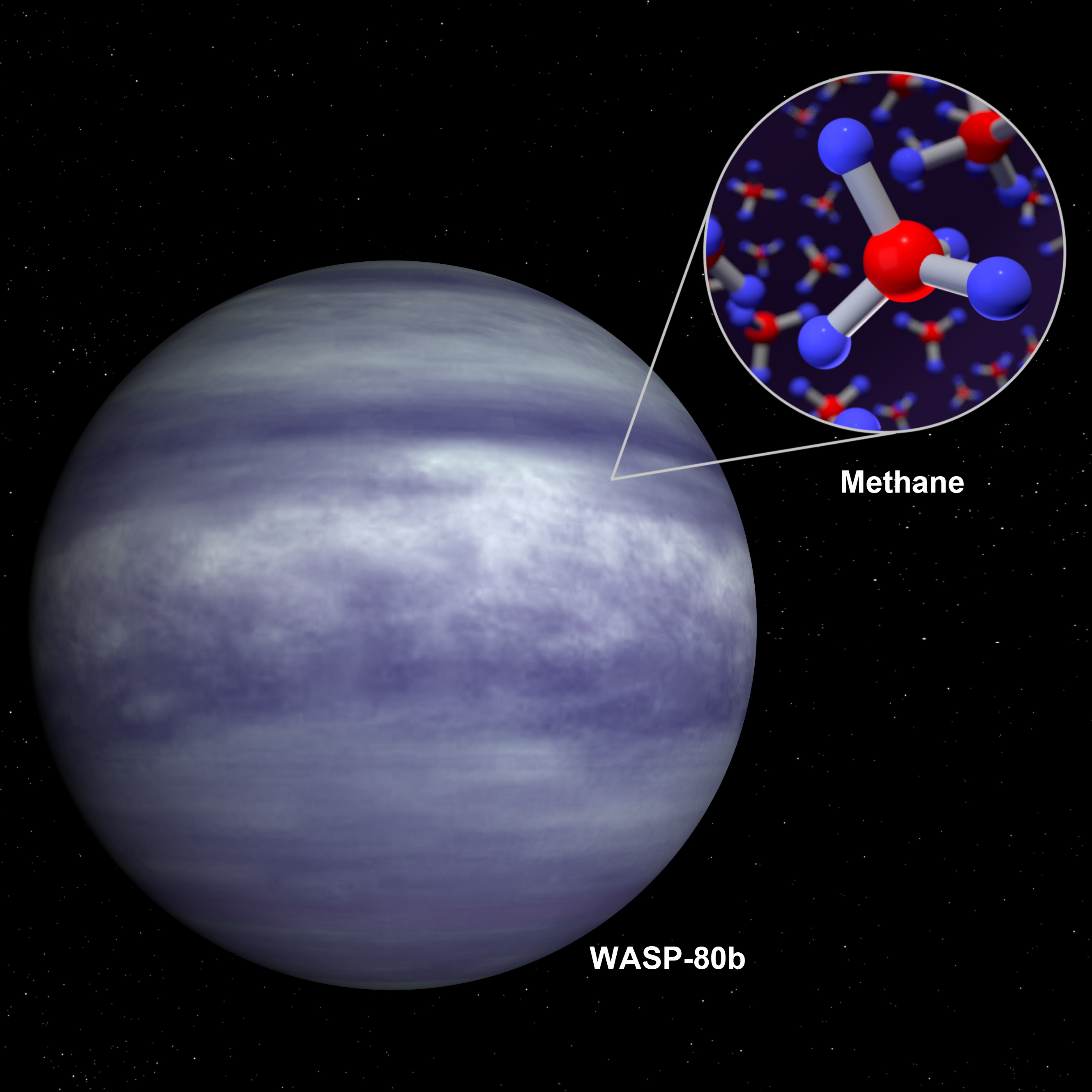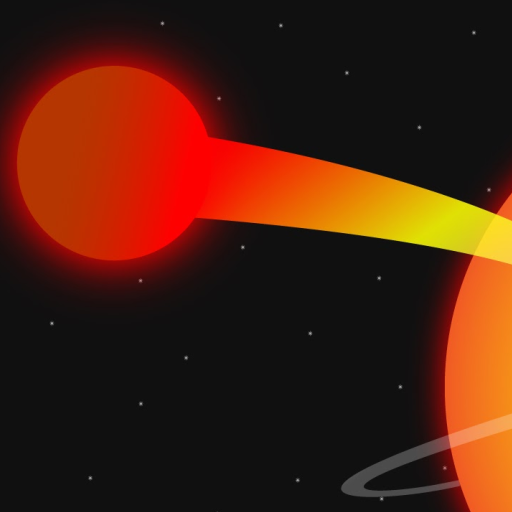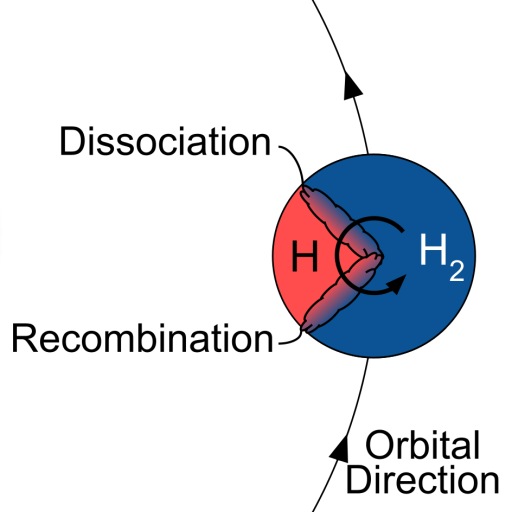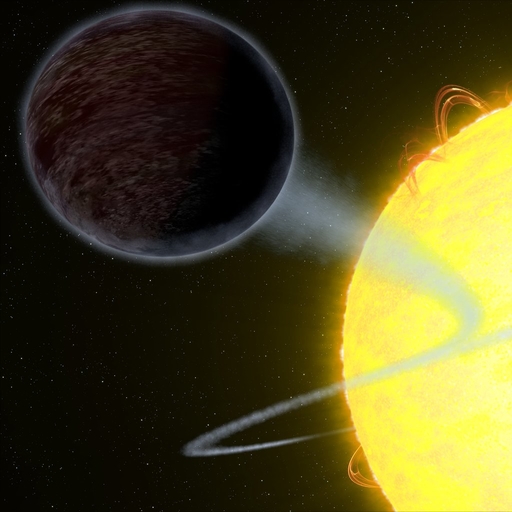Research Blog
Quick Descriptions of My Research
Quick Descriptions of My Research

An international team of astronomers used JWST to map the temperature and analyze the atmospheric composition around the hot Jupiter WASP‑43b.
The results suggests that supersonic winds of hot gas are blowing around from the dayside, thoroughly churning up the atmosphere,
and preventing the chemical reactions that would otherwise produce methane on the nightside.
Image Credit: NASA, ESA, CSA, Ralf Crawford (STScI)

Using JWST's NIRCam, I identified methane and water vapor in the atmosphere of WASP-80 b,
marking a significant milestone in the study of exoplanetary atmospheres.
This discovery, achieved using transit and eclipse spectroscopy, offers new insights into the planet's formation and composition,
and opens the door to future comparative studies with gas giants in our solar system.
Image Credit: NASA

Acting as a giant touch-free thermometer, NASA's JWST has successfully measured heat radiating
from the innermost of the seven rocky planets orbiting TRAPPIST‑1, a cool red dwarf star 40 light‑years from Earth.
With a dayside temperature of 450 degrees Fahrenheit, the planet is just about perfect for baking pizza.
But with no atmosphere to speak of, it may not be the best spot to dine out.
Image Credit: NASA, ESA, CSA, Joseph Olmsted (STScI)

Spitzer/IRAC observations are affected by strong detector
systematics which can be larger than the astrophysical signals we
seek to measure. In this work, we explore the impact of different
systematic noise models through a uniform reanalysis of
previously published Spitzer/IRAC phase curves.
Image Credit: Lisa Dang

Previous Spitzer/IRAC phase curve observations of WASP‑12b
showed a feature never seen before at infrared wavelengths.
In this work, I show that this finding is reproducible and is
best explained by carbon monoxide emission from a stream of
gas stripped from the planet's atmosphere.
Image Credit: Danik Renaud

Hot Jupiters are believed to have a permanent dayside and a
permanent nightside. In this work, I describe a previously
unaccounted for effect which increases the heat transport
efficiency of winds in the atmospheres of ultra‑hot Jupiters:
the thermal dissociation of molecular hydrogen.
Image Credit: Taylor J. Bell

An international team of researchers which I led analyzed new Hubble observations
of WASP‑12b in hopes of detecting light reflected by the gas giant exoplanet. Our
stringent non‑detection gives us exciting insights into the composition of the
atmosphere on the dayside of the planet.
Image Credit: NASA/ESA/G. Bacon